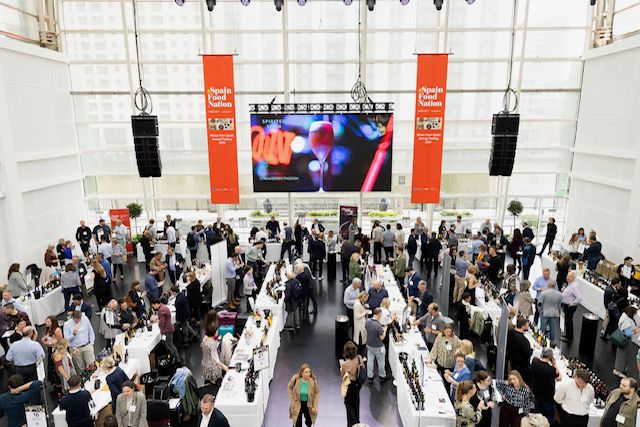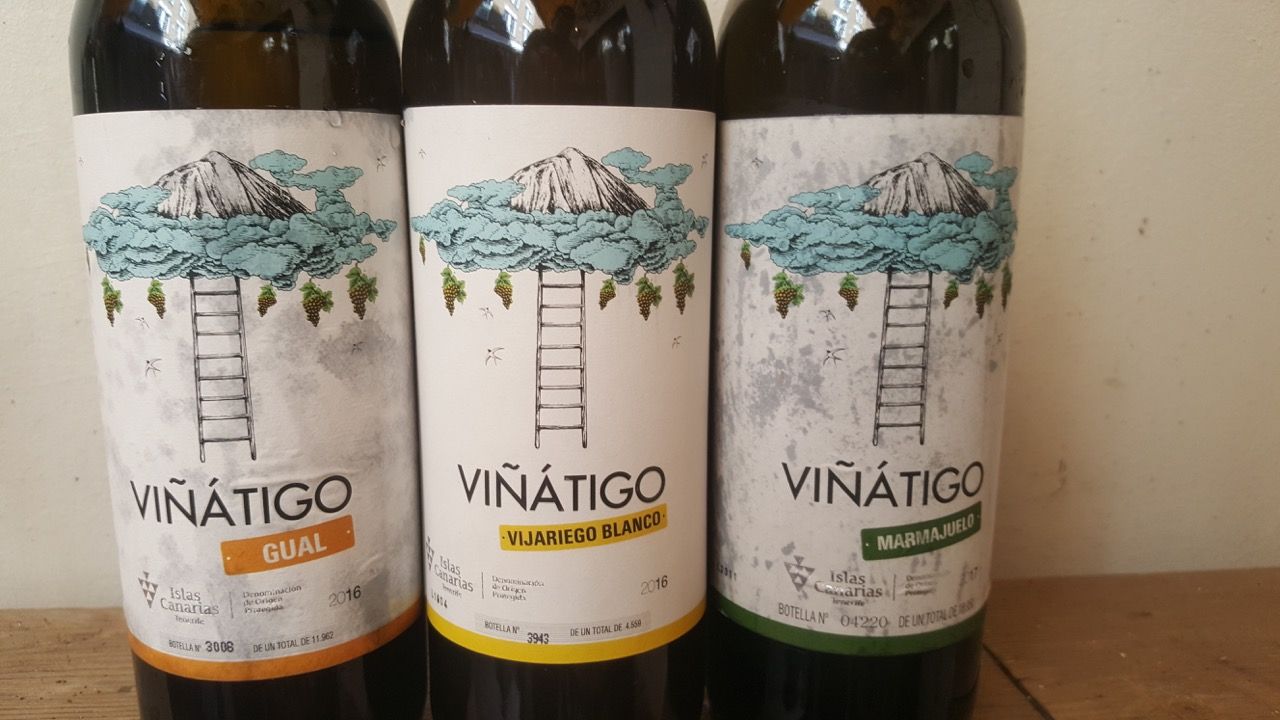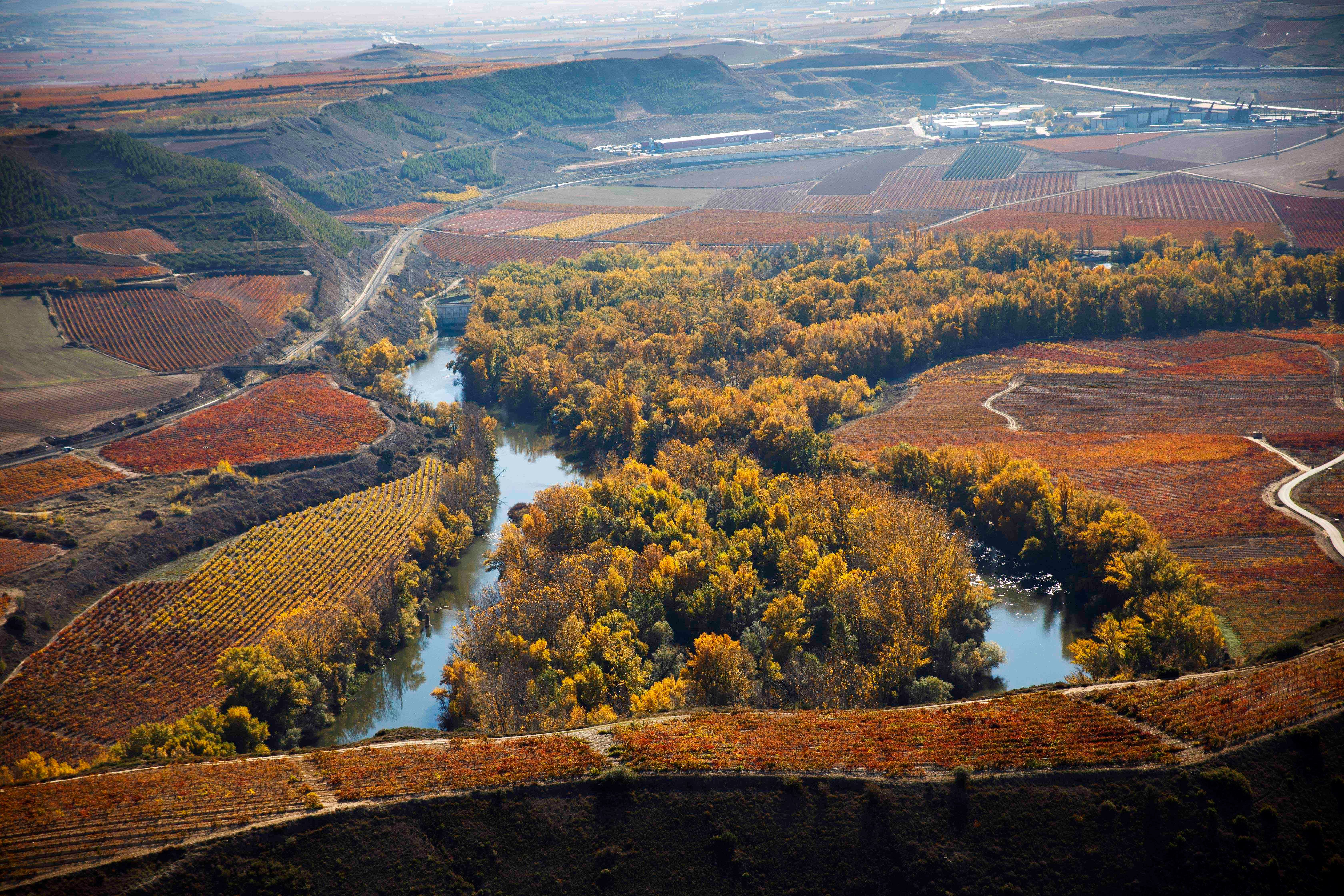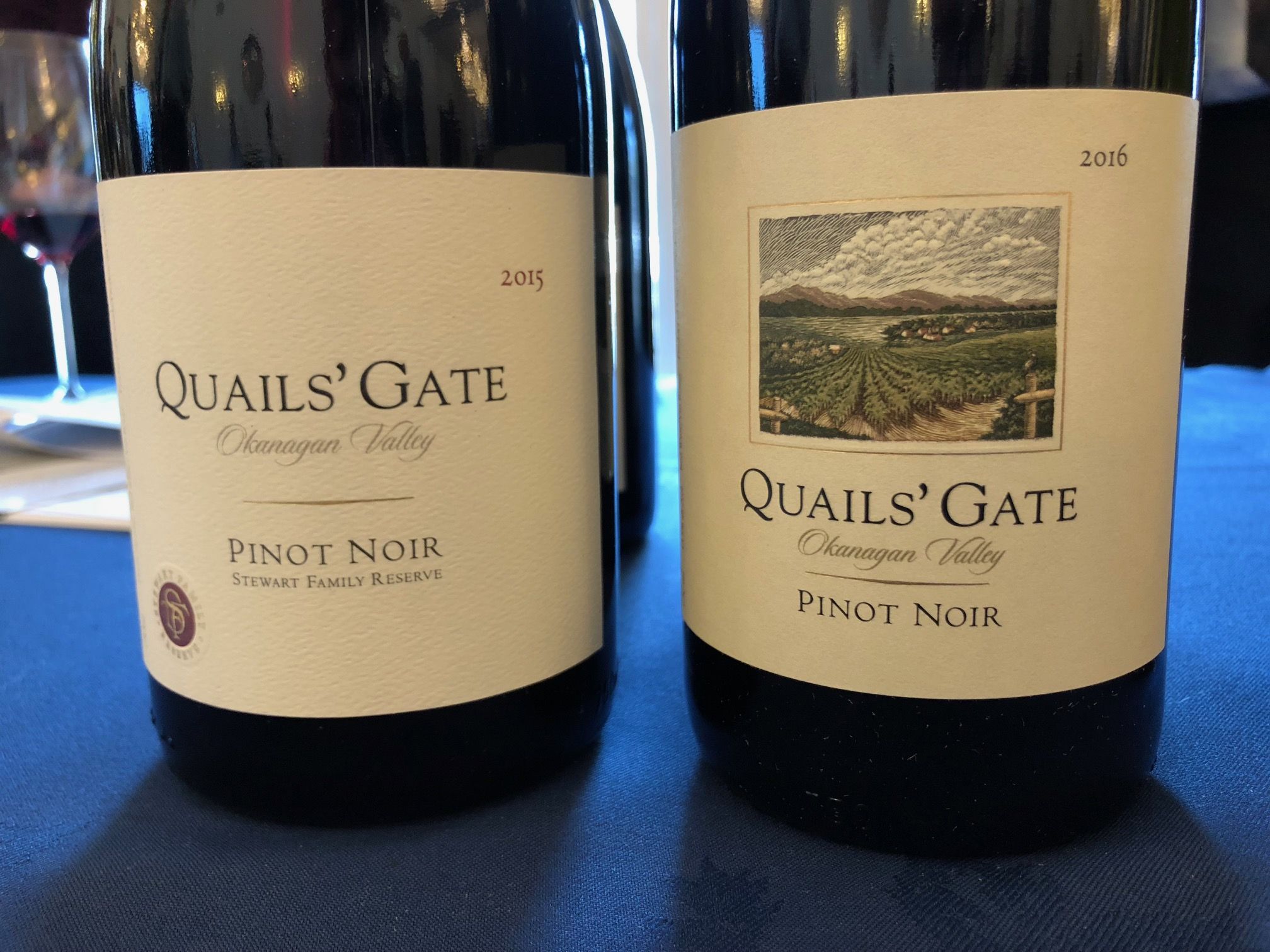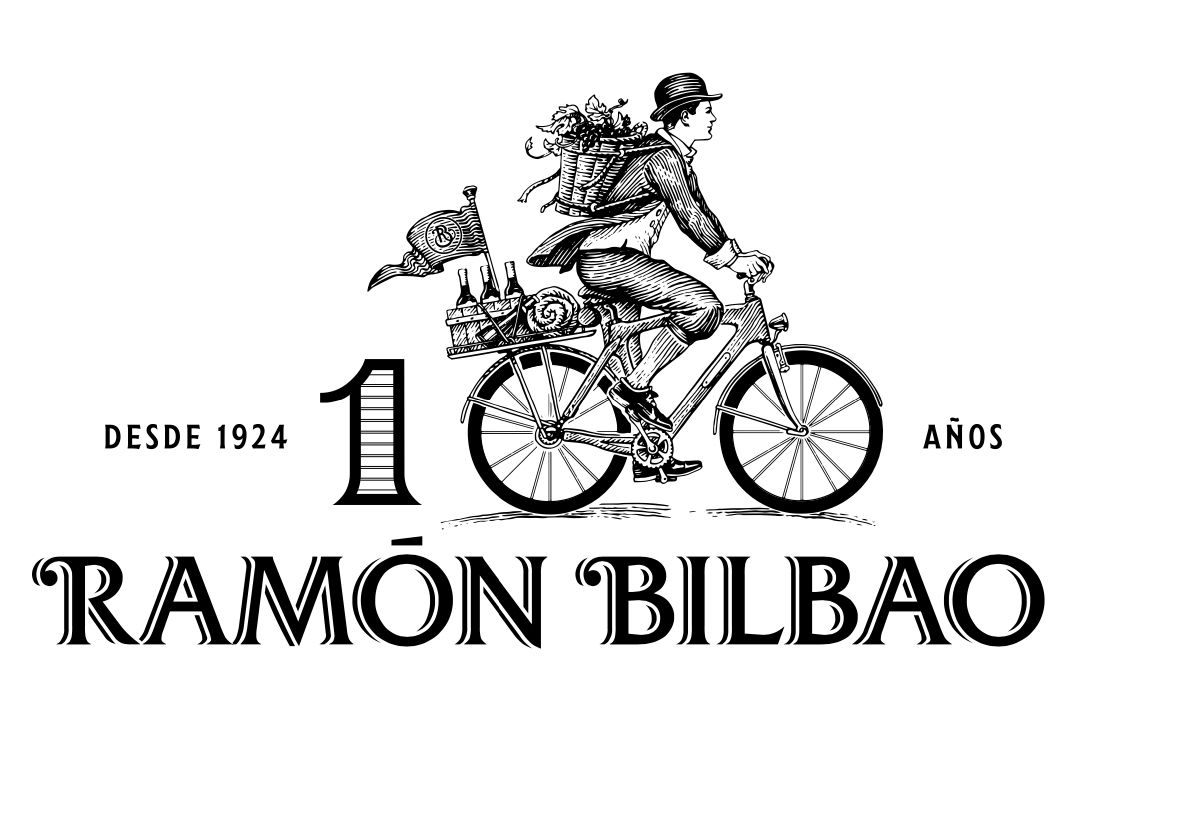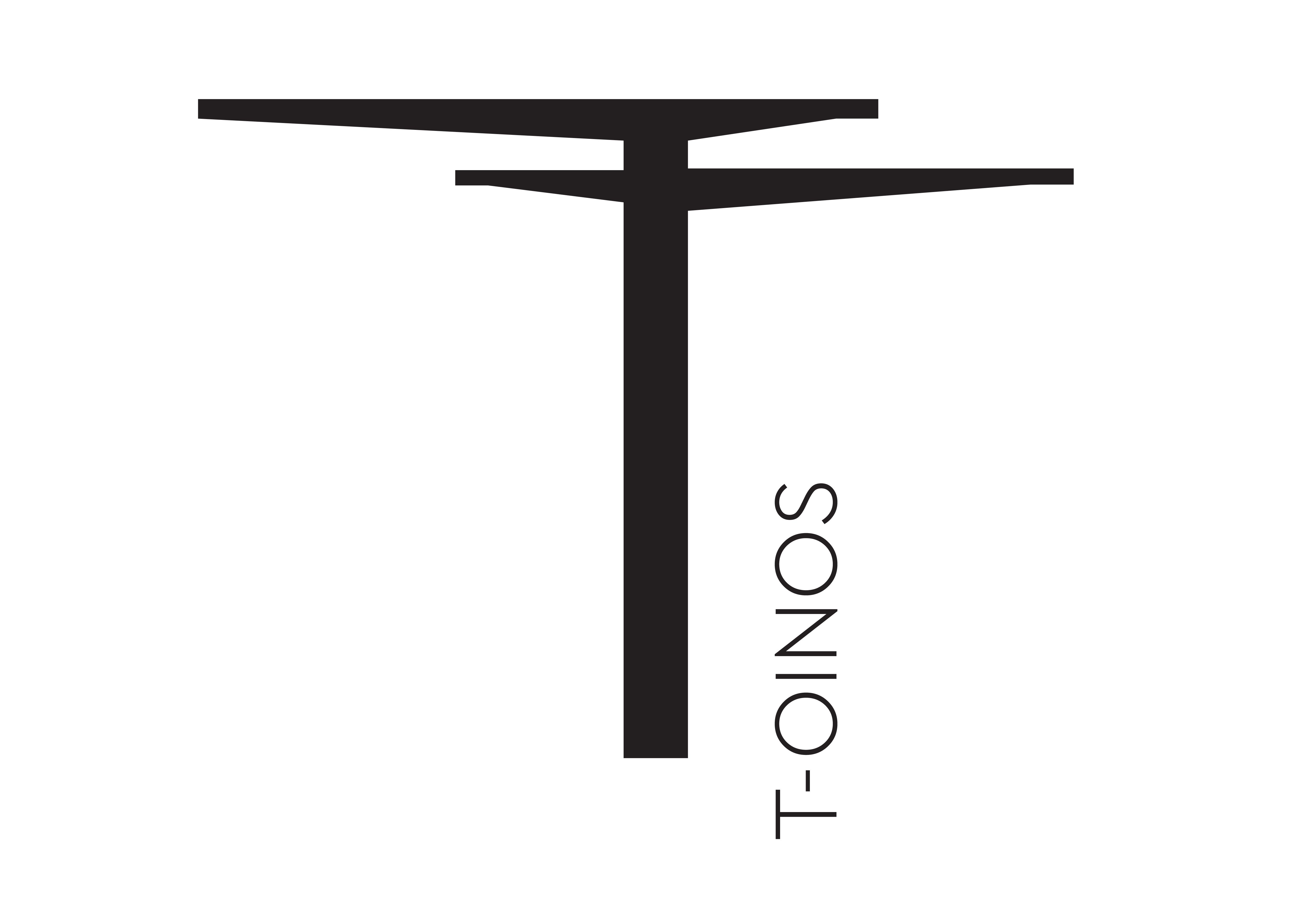Spain’s remarkable breadth and diversity of wines of all colours made the annual Wines From Spain London tasting in May a joyful affair for those who ventured to Canary Wharf for it, or caught up with it in Edinburgh six days later. Forty nine importers and exporters showed a wine range of new wines and there were masterclasses on Cava, lesser known wine styles and DOs and a focus by Rose Murray Brown MW on alternative varietals.
In the walkaround tasting new releases of all hues were on display, including some classic old vintages such as 2004 in Rioja. For wines made from old, often ancient vines, there were examples aplenty. Also in evidence were funky new labels that, not so long ago, would not have been risked by conservatively-minded producers. Spain, though, is on the march, with orange wines jumping on to the quality bandwagon, determined not to be left behind by the growing acclaim for their white counterparts.
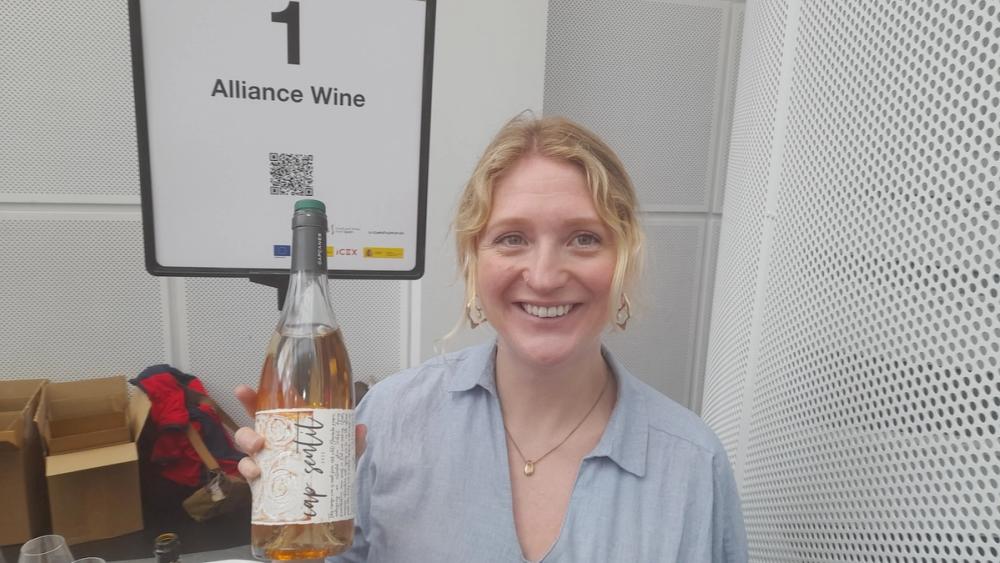
Simone Williams - on-trade focus
Where better to start than Alliance Wine’s formidable stable of Spanish wines. Given the Numero Uno stall for alphabetical reasons, they showed title-chasing form with as many as 60 different labels.
Simone Williams is Spanish wines’ great cheerleader, having done a vintage in 2020 at the highly-regarded Capçanes co-operative in Monsant, and she was quick to unfurl a beguiling orange wine of theirs named Cap Sentit, made from white Garnacha (RRP £16).
“Capçanes take in grapes from 400 families and are a really important co-op in the area, having been going since Franco,” she said. “They’re a young, creative team and are doing some experimental stuff, pushing boundaries on the types of wines. Very old Garnacha vineyards go all the way up the side of the beautiful mountains that surround the winery. The label for the Cap Sentit depicts ancient cave drawings in the mountains which I’ve seen myself.”
One of Alliance’s most important family estates in its portfolio, according to Williams, is Bodegues Sumarroca, which has over 300 hectares just west of Barcelona. Its Cava Brut Reserva 2021 (RRP £16), comprising the three traditional Cava grapes, showed well as did the Gran Reserva Letargía Cava 2012 (£35).
“Alliance has worked with Sumarroca for 15 years, and we have a very good distribution of their wines in the on-trade, specifically in Edinburgh and London. They’ve been very important for the on-trade, and have single vineyard labels as well. It shows the prestige that can be achieved in this part of Spain.”
Another Penedès producer, Bodega Alemany i Corrio, makes a super-premium single varietal still Xarel-lo named Principia Mathematica 2022 (RRP £55, but worthy of the price tag). Blessed with thrilling freshness, its citrus and pear aromas were seductive along with its complex herbal notes.
Other Alliance whites that impressed were the Albariño from Pazo Señorans in Galicia and the Malvasía from Rioja Alavesa.
“Pazo Señorans were instrumental in founding the Rías Baixas DO,” Williams declared. “They’ve been going since the 1970s and buy from a lot of growers. It’s a very matriarchal society, with most winemakers and owners being women. It’s a lovely unique point of difference. What Señorans do better than anybody is demonstrate the ageability of Albariño as a grape variety, in the same way we know Riesling ages in such a great way. Their range of wines, which focuses only on Albariño, does exactly that.”
While the newest release, the 2023 which was on the lees for six months and showed beautifully, the special Selección de Añada 2014 spent five years on the lees, and then time in bottle, before release.
Equally appealing was the Malvasía Bodegas Amaren 2019 (DOCa Rioja, RRP £35). A sister winery of Luis Cañas, Amaren has some of the highest vineyard sites in Rioja Alavesa. “When the vines were planted with the Malvasia Riojal clone, many people thought grapes would never ripen at this altitude, but today look who’s laughing,” Williams mused. “This is an absolutely fantastic on-trade focussed wine - a serious wine. We’re delighted to be working with Amaren.”
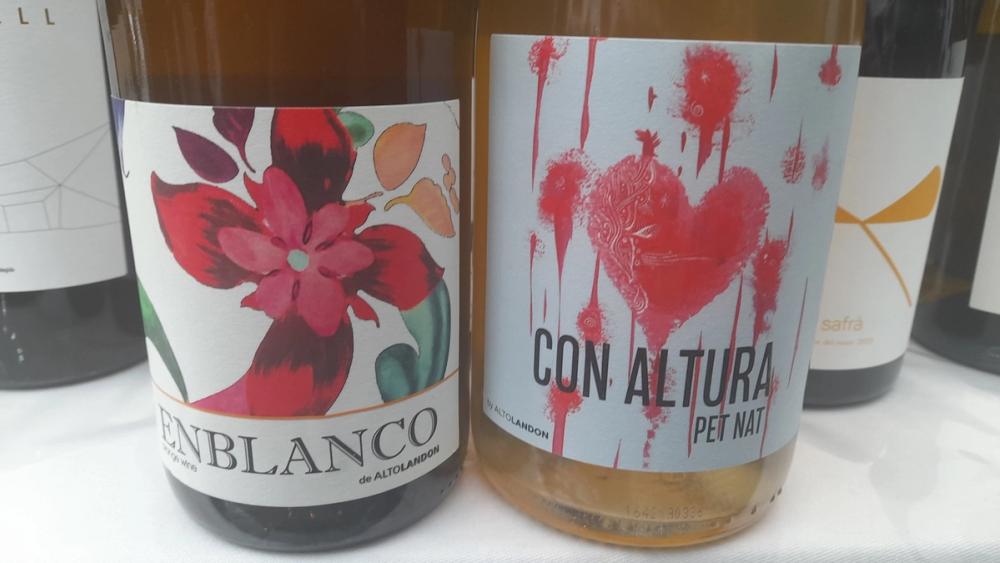
Two very summery wines with big on-trade appeal, and wacky labels to boot, were unfurled by a producer named Bodegas Altolandon in the Manchuela DO, one of the highest in Spain at around 1200m (near Albacete, inland from Alicante). The first - En Blanco - is another orange wine, which spent 24 hours on Garnacha Blanca skins.
“It’s a great wine for the on-trade again,” Williams declared. “Very accessible price-wise at £21. Organic, vegan, wild yeasts and made in amphorae by winemaker Rosalia Molina, who is quite experimental and very hands-off. All her wines are as natural as can be. Her Pet Nat, called Conaltura is very drinkable -12.5% and off-dry with 10-15g/l of residual sugar.”

Increasing sales by 30% by changing the bottle: Carlos Roig
Oddest bottle shape of the tasting went to the oldest winery in Rioja - Bodegas Manzanos (founded in 1890) and its Voché Graciano 2017 (RRP £26). The vines for it were planted as far back as 1940 - to commemorate the end of the Spanish Civil War a year earlier, according to Bodegas Manzanos’ sales director, Carlos Roig.
“We used to have a Burgundy-shaped bottle for this wine but since we changed to this shape, we increase sales in Spain 30%,” he said. “It is based on the shape of an old Roman bottle found in the vineyard. We use 100% new oak of which 20% is Romanian, which our winemaker thinks adds more complexity. It is a special wine.” On tasting, it was impossible to argue otherwise.
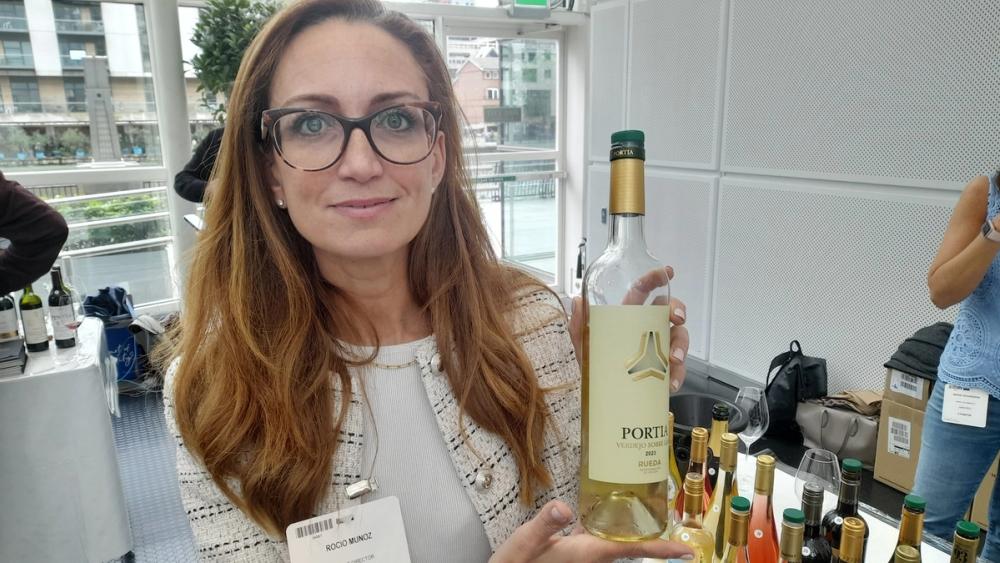
Rocio Munoz: single varietal Verdejo selling well
Lovers of Verdejo were wooed by Bodegas Portía’s excellent 2023 rendition of the variety, which was showed off by Rocío Muñoz, export director for the winery’s owners, Familia Martínez Zabala.
“Verdejo was only previously allowed in Rueda as part of a blend, but now it is permitted as a single variety,” she said. “It spent four months on the lees with batonnage, and has fresh acidity with tropical notes. It has only just started selling, but we have high hopes for it. Verdejo is becoming more popular for adventurous people looking for new varieties. This wine is serious enough to go with food or be an aperitif.” At £15 RRP, it offers value.

One of the great vintages this millennium in Rioja was represented by the Gran Faustino I Gran Reserva 2004 (Bodegas Faustino being also owned by Familia Martínez Zabala). Released last September, it will shortly become available through importers Amber Beverage UK.
“It was a mythical vintage,’ Muñoz purred. “The Gran Faustino is only produced in very special years from a very specific plot, and 2004 was the last time it was made. Recommended retail will probably be £80. We have 600 bottles allocated for the UK.”
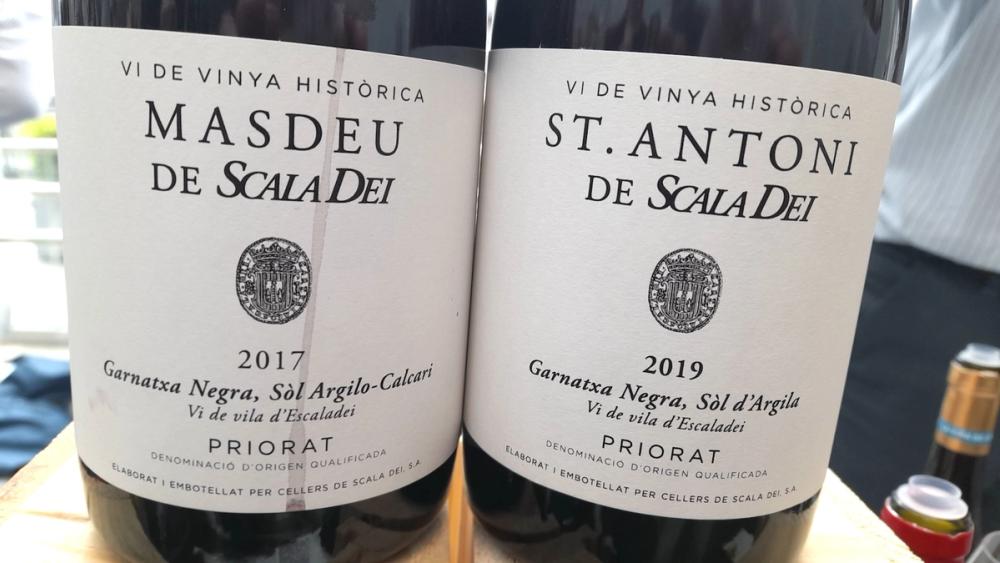
From the oldest winery in Rioja to the oldest in Priorat: Scala Dei. Imported by Berkmann Wine Cellars, its wines were an absolute delight, notably the two most iconic labels in St Antoni de Scala Dei 2019 and Masdeu de Scala Dei 2017. Each are made from Garnacha vines planted in 1945 at 600-800 metres on slate, clay and limestone (both £64 RRP).
“When you can’t afford Grand Cru Burgundy, and who can these days, these are the wines you want for special occasions,” said Gerard Barnes, buyer for Berkmann. “Because we’re on-trade, the wines must be drinkable, elegant, balanced and must work with food. With too much Priorat, I can’t even imagine the size of beef you’d need, but we’re looking for that elegance Garnacha can provide.”
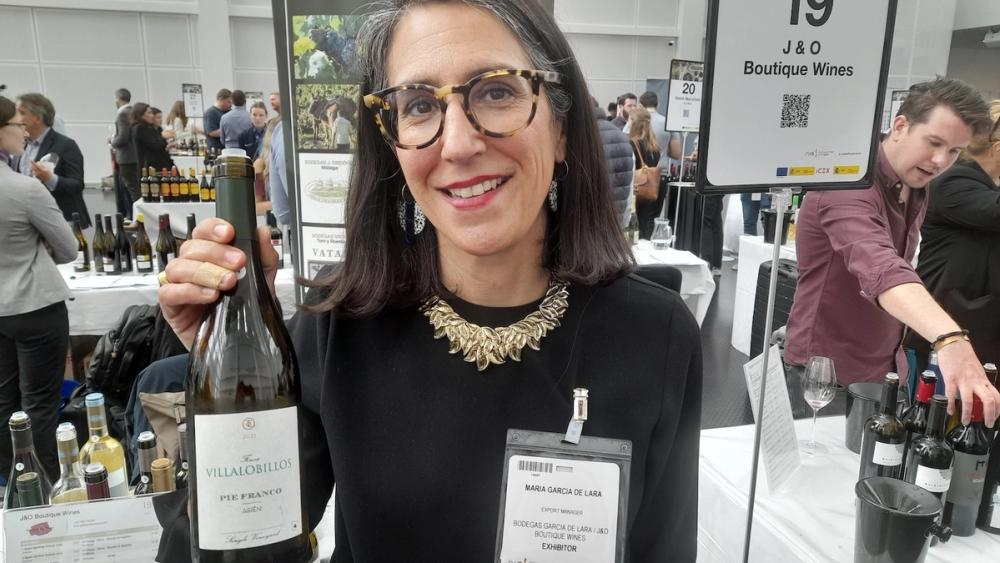
Maria Garcia De Lara - Airén with a difference
The ancient vine theme was maintained by Bodegas García de Lara, situated 68km east of Toledo. Its Airén bush vines, planted in 1935, have real rarity value for they are on own roots, and not grafted onto American rootstock. As such, the wines can be billed on labels as ‘Pie Franco’ (literally ‘free-footed’).
This really is Airén with a difference - not the anodyne entry-level quaffer but a fresh, flavoursome revelation with complexity and structure in the barrel-fermented version (Finca Villalobilis Airén 2021, VdT Castilla, RRP £19).
Export director, Maria García de Lara, whose brother Miguel makes the wines, professed “we are pretty aware we are in an area that is not so well-known for quality, but we are producing premium wines from super low-yielding sites (1500 kilos of fruit per hectare) that are great value.” J&O Boutique Wines import them.
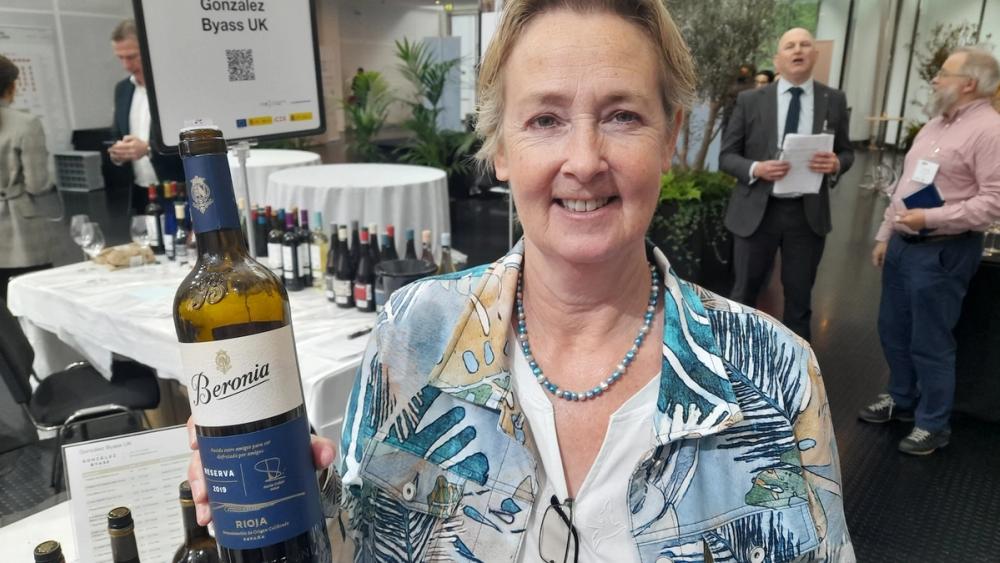
Melissa Draycott - best selling over £8 in the UK
On the subject of value, González Byass managing director, Melissa Draycott, was on hand to reveal that Nielsen data has one of her main listings, Beronia Rioja Reserva 2019, as the best-selling Spanish wine over £8 retail in the UK. “It’s premium level, and most retailers have it around £15-16,” she said. “It’s a big seller to both off and on-trade. It’s got generous fruit and approachable tannins.”
Draycott was also full of enthusiasm for the just-released Tío Pepe en Rama 2024, which was bottled on 9 April (£21 RRP). “These authentic Sherry styles’ sales are holding up and in growth, whereas the bigger pale cream and rich cream styles are declining. We launched the Tío Pepe en Rama category in 2010 with the Wine Society. They put an email out to their database and sold it all in half an hour, so we thought we were on to something. They’re still selling it, and the Spanish restaurants here have gone for it.”
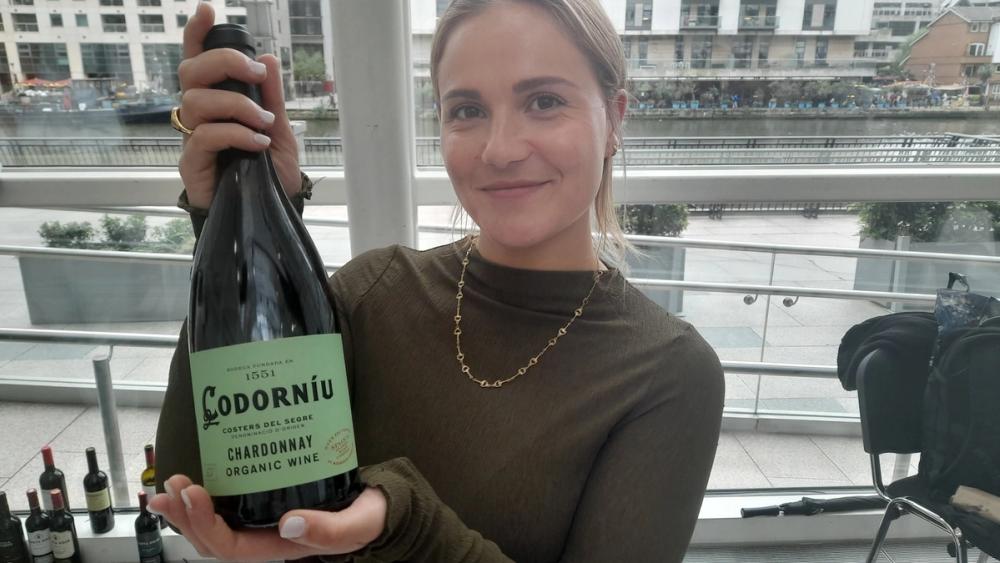
Laura Santos - emphasising Cava's value
Another celebrated Spanish brand that continues to perform very well in the UK is Raventós Codorníu, whose still wine sales match those of their many Cavas. A non-vintage Chardonnay from organically-farmed vines in the Costers del Segre DO showed well (RRP £12), while two de-alcoholised sparkling wines (a white and a Rosé) were new SKUs (RRP £6).
Laura Santos, its UK sales executive, feels that the top Cava, made by the traditional method, and named Ars Collecta Blanc de Blancs Reserva 2021 (80% Chardonnay, RRP £21) “demonstrates that Cavas really do have some fantastic quality bubbles, and are far cheaper than English sparkling wines or Champagnes of the same quality.”
Was there a wine of the tasting?
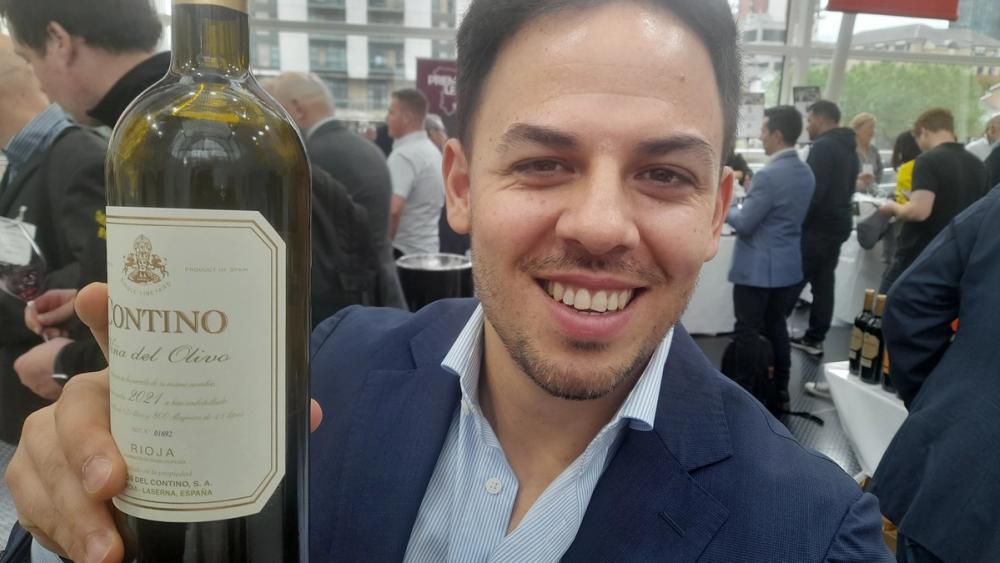
Javier Rodríguez - best ever vintage
While always loath to single wine out, it is hard to argue that anything was better than Contino’s Viña del Olivo 2021 (RRP £88; imported by Hatch Mansfield). Javier Rodríguez, senior export area manager for the winery’s owners C.U.N.E, hailed it as one of the best ever vintages from the 60-year old vineyard that is situated next to a majestic antique olive tree.
Made up of 80% Tempranillo, 15% Graciano and 5% Mazuelo, it was aged in new French (85%) and American (15%) oak. A cornucopia of aromas bombard the senses, with aromas of blackcurrant, coffee, spice and garrigue-like herbs giving way to complex, concentrated notes of red plum, cedar, blueberry and blackberry. All bound together by firm but super-fine tannins and fresh acidity. A great wine to cap a great tasting.
